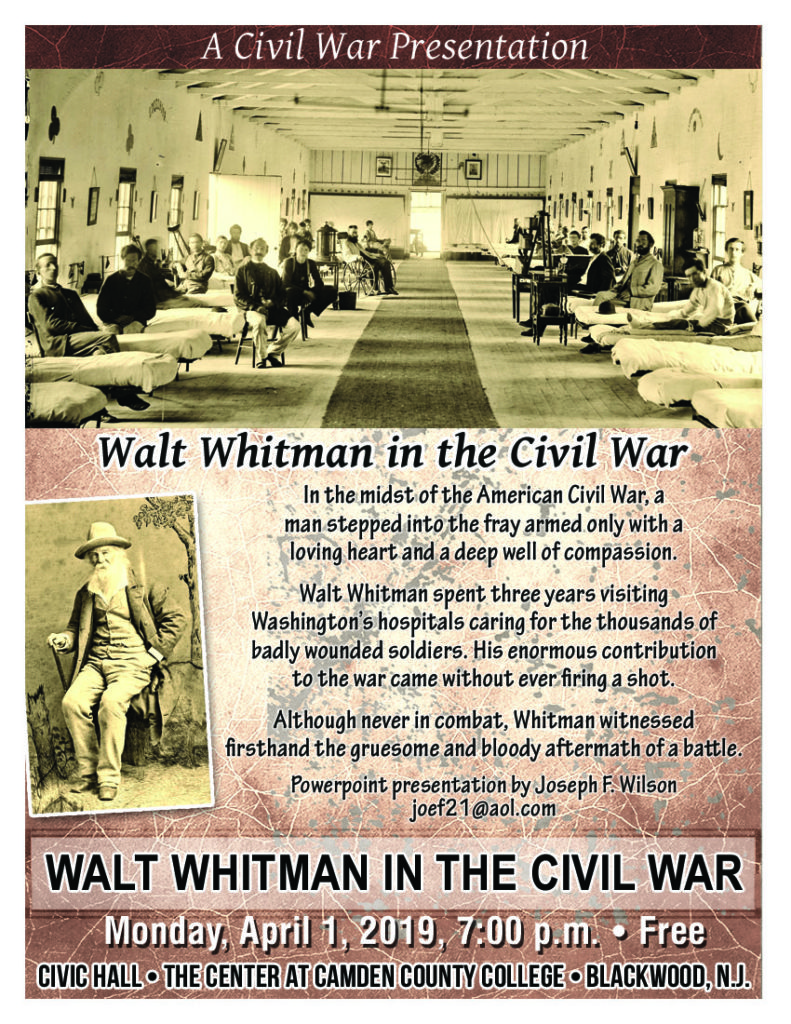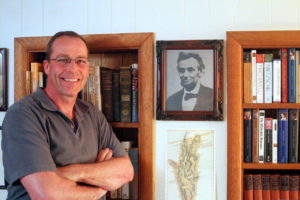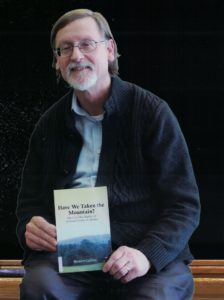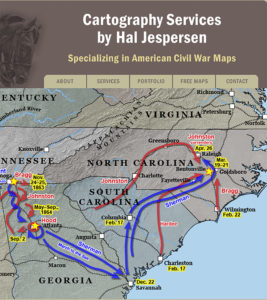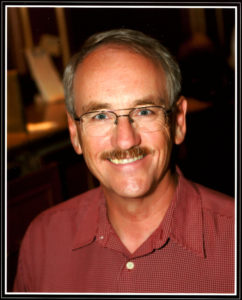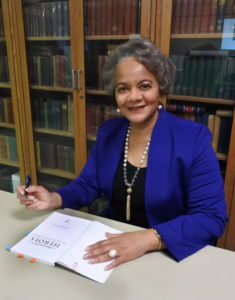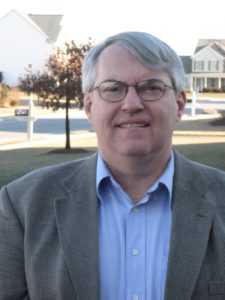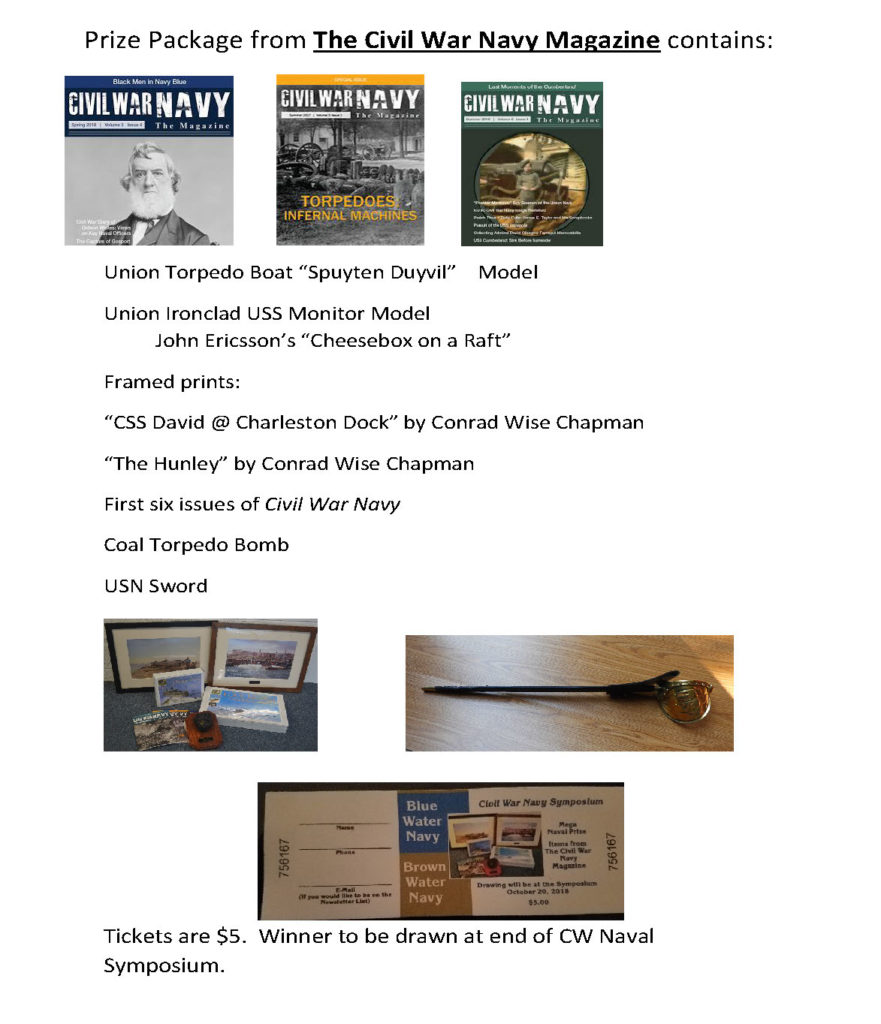Bill Vosseler on “Major General George H. Thomas—’Time and History Will Do Me Justice’”
Bill presents the life and military career of Major General George H. Thomas, USA, Commanding, Department and Army of the Cumberland, the greatest general in the line of Virginians from George Washington through Winfield Scott.
Born in Virginia, George Henry Thomas (July 31, 1816–March 28, 1870) was a West Point graduate, a career U.S. Army officer, and one of the principal commanders in the Western Theater. Undefeated in battle, he was appointed by Lincoln a Major General in the Regular Army, one of only five authorized by Congress. “…it is doubtful whether his heroism and skill … has ever been surpassed in this world.” Abraham Lincoln commenting on General Thomas at Chickamauga.
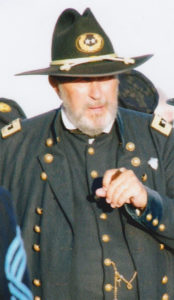
William S. (Bill) Vosseler holds a BS in Business from Rutgers University. Retired from the Prudential Insurance Co. of America, in 2007 he founded Civil War Recreations, a company specializing in the recreation and worldwide sale of historic Civil War medals, ribbons and uniform related items. Bill serves as Executive Director of the American Civil War Charitable Trust (ACWCT), a non-profit organization that raises money to promote Civil War study and to help American Civil War related organizations, nationwide, in their historic preservation, veterans’ grave restoration, and educational efforts. In 2000, he founded the Union Library Civil War Round Table in Hatboro, PA, which met monthly until 2015. He is also founder and past Camp Commander of the Baker/Fisher Camp 101, Sons of Union Veterans of the Civil War (SUVCW), Department of Pennsylvania, and a Legacy Life Member of the 12th Armored Division (WWII) Association. Having served in the 4th Infantry Division in Vietnam, he is a combat disabled Veteran and a Life Member of the Disabled American Veterans. Bill and his wife Peggy reside in Garnet Valley, PA.

